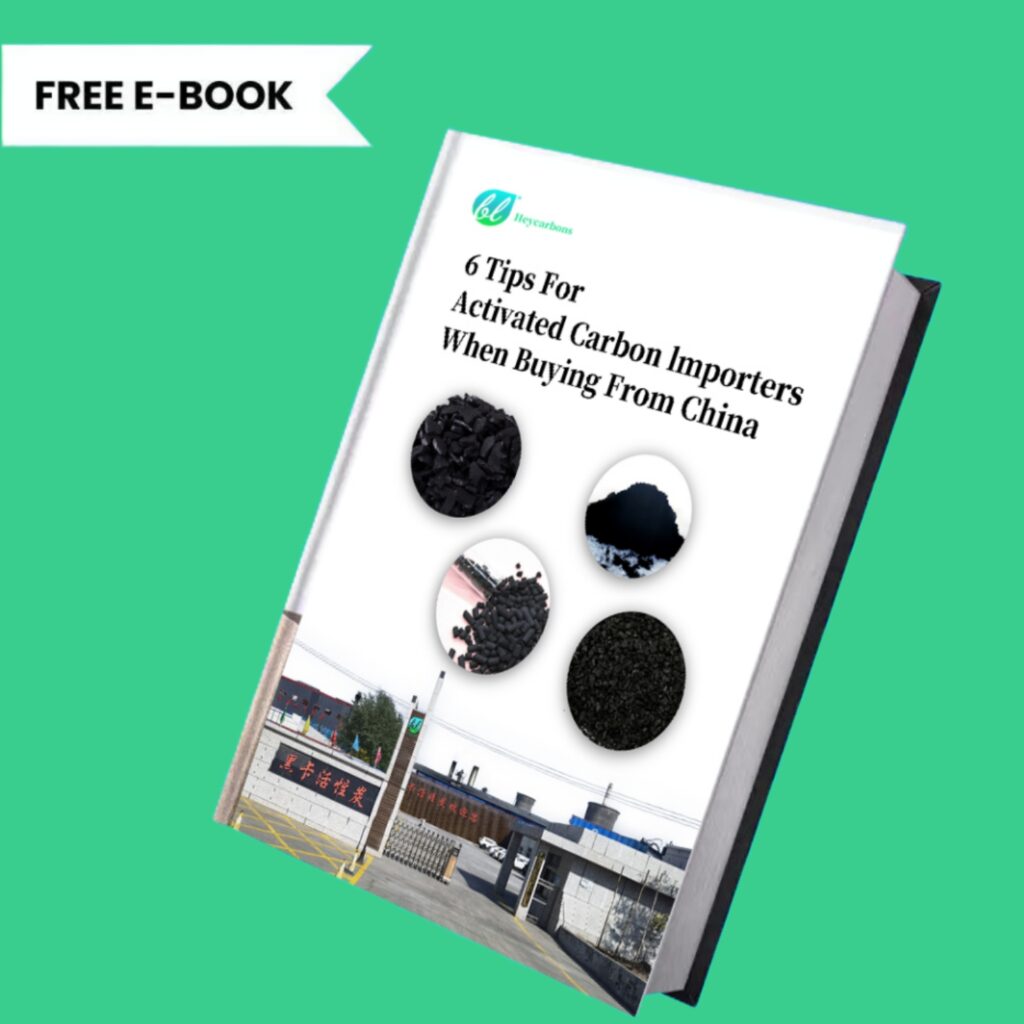Does Activated Carbon Remove PFAS?
What is PFAS?
PFAS (Per- and Polyfluoroalkyl Substances) is a class of artificially synthesized organic compounds. Due to its high temperature resistance, water and oil resistance, and strong chemical stability, it is widely used in industrial and consumer products such as food packaging, non-stick pan coatings, waterproof and stain-resistant clothing, fire-fighting foam, etc.
PFAS includes more than 4,000 compounds, the most commonly discussed are long-chain PFAS (PFOS-perfluorooctane sulfonate, PFOA-perfluorooctanoic acid) and short-chain PFAS (PFBS-Perfluorobutanesulfonic acid, PFHxS-Perfluorohexanesulfonic acid).
Due to their extremely strong stability, PFAS are called “Forever Chemicals”. They are almost undegradable in the environment and easily accumulate in water, soil, air and organisms.

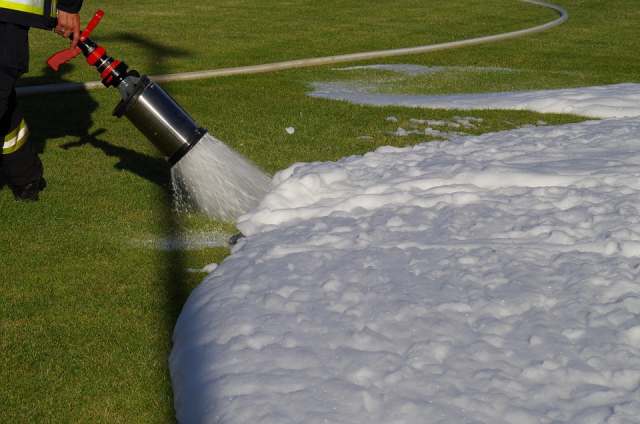

PFAS Harms
The impact on the environment
- Pollution of water sources: PFAS is difficult to degrade and can easily contaminate groundwater and drinking water through industrial emissions, landfill infiltration, etc.
- Bioaccumulation: PFAS can accumulate in organisms and pass along the food chain, affecting the ecosystem.
- Soil pollution: Wastes containing PFAS (such as firefighting foam and sewage treatment plant sludge) can seep into the soil and remain for a long time.
The impact on the human health
Long-term exposure to PFAS may lead to the following health risks:
- Endocrine disruption: may affect the hormone system, growth and reproductive health.
- Immune system damage: reduces vaccine effectiveness and affects the body’s immune response.
- Liver damage: may cause elevated liver enzyme levels and induce liver damage.
- Elevated cholesterol: increases the risk of cardiovascular disease.
Due to the great harm of PFAS to the environment and human body, three methods of PFAS removal technology are listed below: activated carbon, ion exchange resin and high pressure membrane.
Granular Activated Carbon PFAS Removal
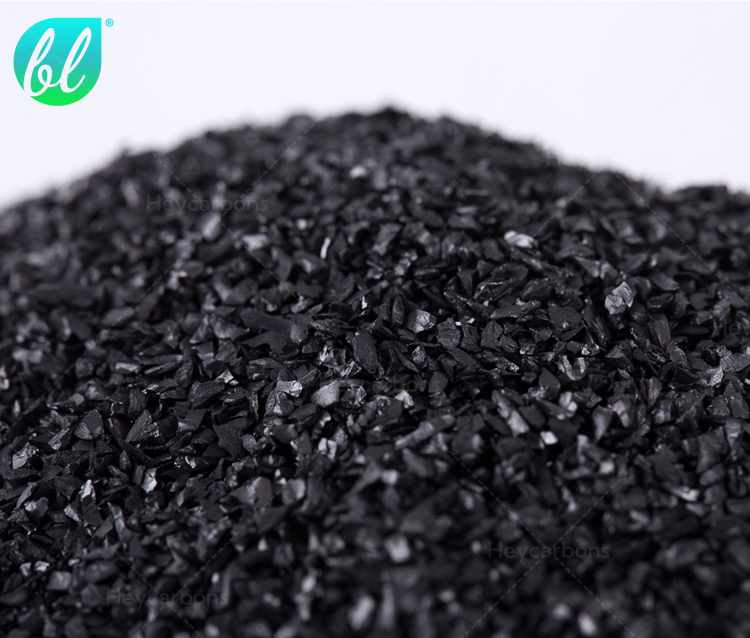
Activated carbon is one of the common methods for removing PFAS. Activated carbon is a highly porous material with a large specific surface area and strong adsorption capacity for pollutants. It is often used to adsorb natural organic compounds, taste and odor compounds, and synthetic organic compounds in drinking water treatment systems.
Water purifiers often use GAC filter media, and granular activated carbon (GAC) filters have been recognized as an effective technology for reducing PFAS compounds in water.
Heycarbons granular activated carbon pfas can be thermally reactivated, destroying adsorbed PFAS contaminants and allowing the activated carbon to be recovered and reused.
Activated Carbon for PFAS Removal Mechanism
Activated carbon is a highly porous material that can physically adsorb chemicals from water to its surface. Its mechanism of removing PFAS is mainly through:
- Physical adsorption: The pore structure of activated carbon provides a surface for PFAS molecules to adsorb, especially larger molecules or long-chain PFAS.
- Non-polar interactions: PFAS molecules are generally hydrophobic (insoluble in water), so they are more likely to have non-polar interactions with the activated carbon surface, especially when the activated carbon surface has a high lipophilicity.
Influencing Factors of Activated Carbon Filter PFAS Removal Efficiency
PFAS carbon filter, especially granular activated carbon filter pfas, can effectively remove some types of PFAS from water. But the effectiveness will vary based on several factors:
- Type of carbon: GAC for pfas removal (granular activated carbon pfas) tends to be more effective than other forms of carbon.
- Depth of the carbon bed
- Flow rate of the water
- Contact time: The longer the water is in contact with the carbon, the more PFAS it can remove.
- Specific PFAS to be removed
- Water chemistry: Other contaminants in the water can compete with PFAS for adsorption sites on the carbon.
You will get a quote in 24 hours
Next, we will introduce two other methods to remove PFAS: ion exchange resin and high pressure membrane.
Two Other Methods to Remove PFAS
Ion Exchange Resin for PFAS Removal
Ion exchange resins are made of a highly porous polymer material that is insoluble in acids, bases, and water. The tiny beads that make up the resin are made of hydrocarbons. Ion exchange resins are particularly effective at removing charged PFAS molecules.
Ion exchange resins attract and block contaminated materials from passing through a water system. Negatively charged PFAS ions are attracted to positively charged anion resins. AER has been shown to have high capacity for many types of PFAS; however, it is generally more expensive than GAC.
High Pressure Membrane for PFAS Removal
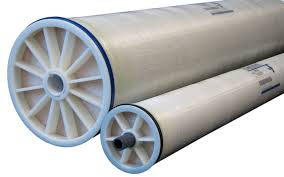
Reverse Osmosis (RO) Membrane
RO membranes have very small pores (usually less than 0.001 microns) and can filter out almost all ions, pollutants, and most dissolved solids in water, including PFAS. Due to the tightness of the RO membrane-reverse osmosis pfas removal, it can repel harmful substances such as salts, heavy metals, and pathogenic microorganisms in the water.
Reverse osmosis pfas removal-RO membranes usually have a removal rate of more than 90% for PFAS, especially long-chain PFAS (such as PFOA and PFOS). Although short-chain PFAS are more difficult to remove, RO membranes can also achieve relatively high removal rates.
Nanofiltration (NF) membrane
The pore size of the nanofiltration membrane is slightly larger than that of the RO membrane (about 0.001 to 0.01 microns), and it usually allows some small ions (such as hardness ions such as calcium and magnesium) to pass through, but it can effectively remove most organic matter and most PFAS.
The nanofiltration membrane also performs well in removing PFAS, especially for long-chain PFAS. Although it is not as capable of completely removing all salts and pollutants as the RO membrane, it retains more minerals relatively speaking and may be more suitable for some applications that need to retain minerals.
You will get a quote in 24 hours
You will get a quote in 24 hours
Activated Carbon for PFAS Removal Application
What is the best carbon for PFAS removal?
Granular activated carbon can be used for PFAS filtration in wastewater treatment, while powdered activated carbon can be used for PFAS filtration in soil.
Research shows that reagglomerated bituminous coal-based GAC can effectively remove PFAS, including long-chain and short-chain compounds
Reagglomerated coal-based GAC performs significantly better than coconut, enhanced coconut and lignite in removing long-chain PFAS such as PFOA and PFOS.
Coconut and lignite-based GAC are ineffective for short-chain PFAS removal.
Heycarbons has proudly served the activated carbon industry with high-quality products since 2005, Heycarb can customize activated carbon for your project. Below is a customer case study of activated carbon for PFAS remove from soil. You can also tell us about your needs and heycarb team supplies cost-effective solutions customized according to your applications.

Activated Carbon PFAS Removal in Drinking Water
Activated carbon is widely used for PFAS removal in drinking water treatment. City water treatment plants use granular activated carbon (GAC) to remove PFAS from water. The system purifies tap water by continuously filtering the water stream and adsorbing PFAS molecules on the surface of the activated carbon.
This method is effective in removing long-chain PFAS (such as PFOA, PFOS) and can handle large water flows. Activated carbon is simple and economical to use and is suitable for water treatment systems of different sizes.
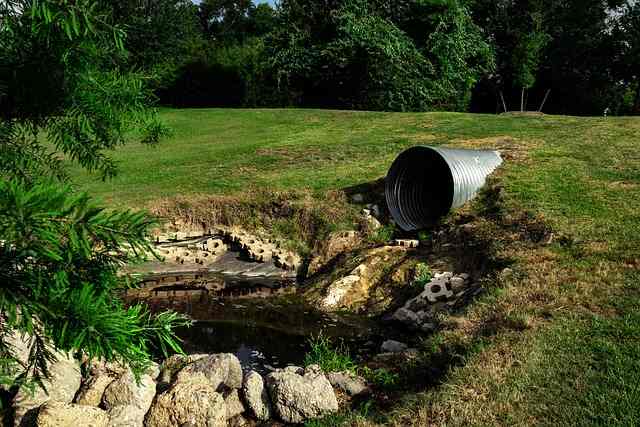
Activated Carbon for PFAS Removal in Industrial Wastewater Treatment
Many industrial processes, such as chemical manufacturing, textile industry, electroplating plants, etc., may produce wastewater containing PFAS. The use of activated carbon in industrial wastewater treatment can effectively remove PFAS contaminants from water.
Industrial companies use powdered activated carbon (PAC) to treat wastewater. PAC adsorbs PFAS chemicals in wastewater by contact with it, thereby reducing its release into the environment.
Powdered activated carbon is also more effective in removing short-chain PFAS(such as PFBS、PFHxS) due to its finer particles and large adsorption surface area. In addition, activated carbon can be used in conjunction with other treatment methods (such as reverse osmosis and ion exchange) to enhance the removal effect.

Activated Carbon for PFAS Removal in Soil
How to remove PFAS from soil? The type of activated carbon used to treat pFAS in soil depends on several factors.
- Type of PFAS contamination: If the soil is dominated by long-chain PFAS, consider using granular activated carbon (GAC). For more complex contaminants, especially short-chain PFAS, functionalized activated carbon can be used.
- Contamination concentration: For soils with high contamination concentrations, powdered activated carbon (PAC) can quickly adsorb and reduce contamination. If it is a large-scale contamination remediation, granular activated carbon (GAC) is more economical.
- Remediation scale: Large-scale remediation projects are suitable for granular activated carbon, while short-term or small-scale remediation can choose powdered activated carbon or functionalized activated carbon.
Activated Carbon for PFAS Removal Customer Case
Australian customer purchased activated carbon for PFAS removal from soil. The activated carbon specifications given are:
- Type: coal-based powdered activated carbon
- Mesh: 325-500
- Iodine value: 900-1000
- Application: Soil (PFAS is not only found in soil, but also in industrial production. European and American countries have very strict requirements on PFAS emissions.)
You will get a quote in 24 hours
You will get a quote in 24 hours
Steps to Custom Heycarb Activated Carbon
Consultation
By understanding your needs and requirements, our salesmen work with you to submit the appropriate activated carbon solution.
Quotation
Heycarbons expert customer service will provide you with a free quote based on your requirements as well as product specifications and quantities.
Production
Heycarbons has sufficient inventory and strong production capacity, and will report production progress to you from time to time.
Shipping
Heycarb know you need to receive the product as soon as possible, after rigorous quality checks and protective packaging, by fedex shipping.
Let’s Get in Touch
We’re open for any suggestion or just to have a chat
Contact with us
We will give you the help you need
Floor 20, Building 2, Binhu International City, Erqi District, Zhengzhou City, Henan Province
Are You Looking for Heycarb Activated Carbon For PFAS Removal Manufacturers?
Contact us for design assistance, free quote, and expert advice today.
Your inquiry will be replied within 24 working hours, and Heycarb respect your privacy.
You will get a quote in 24 hours

